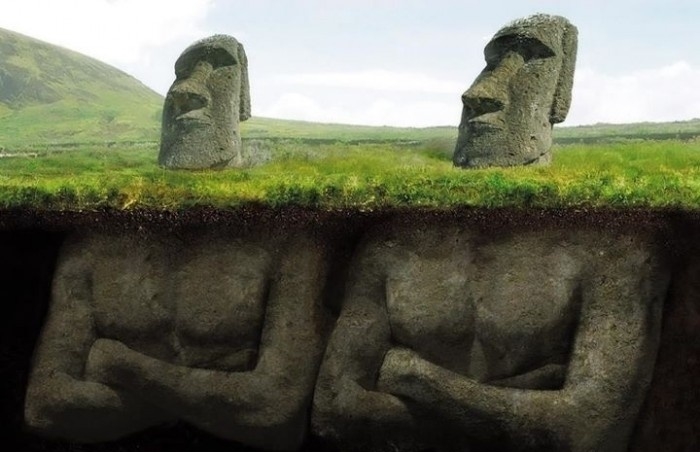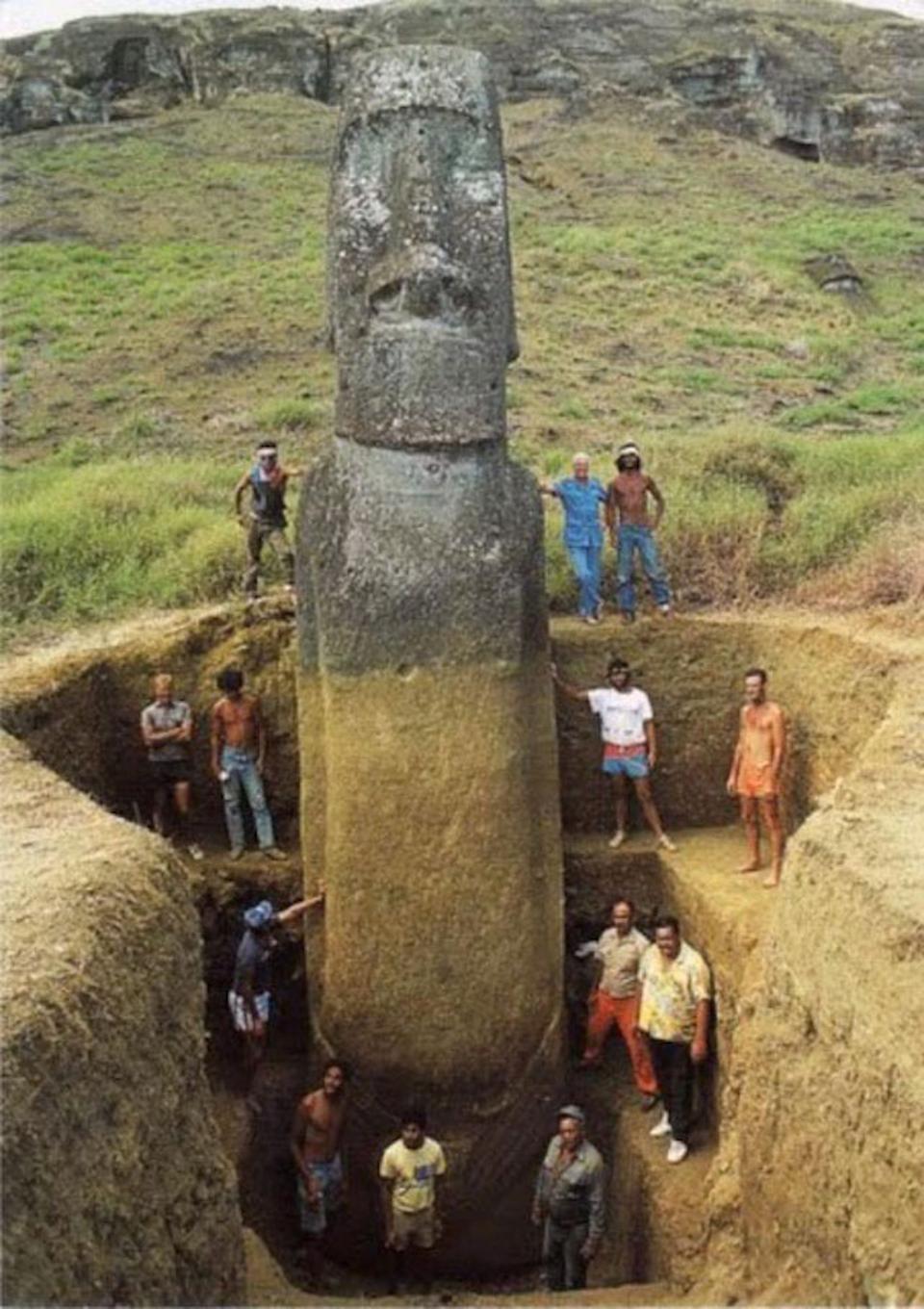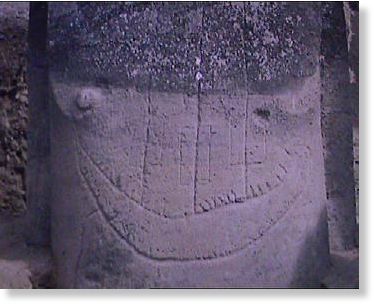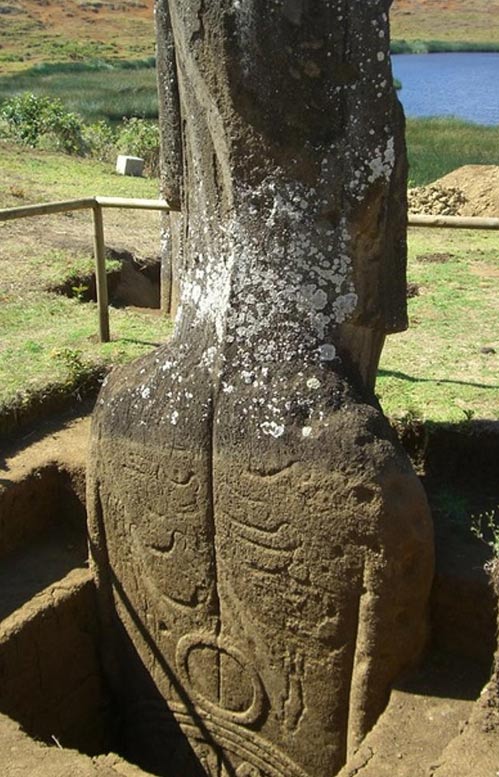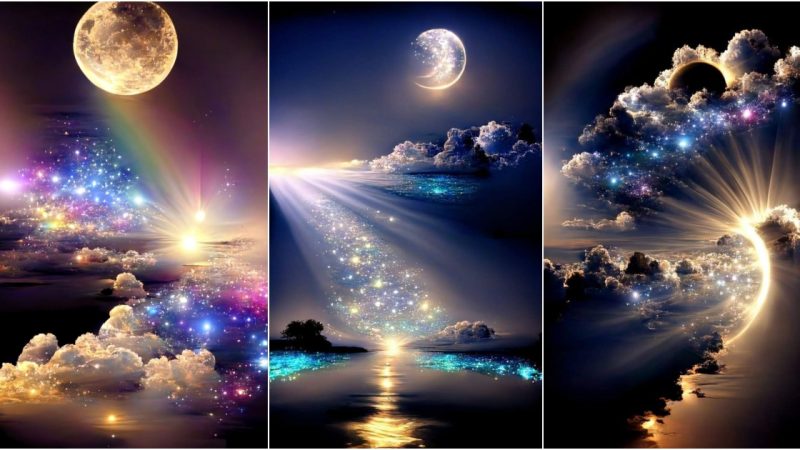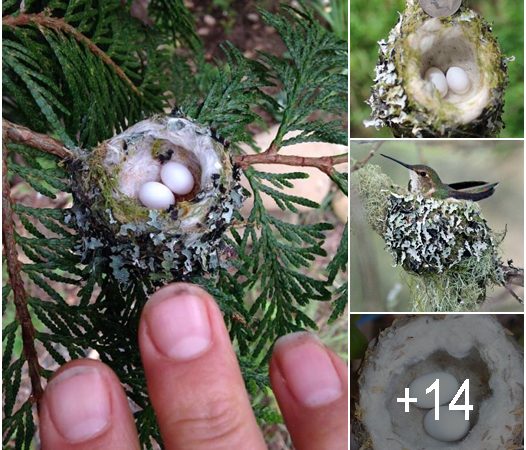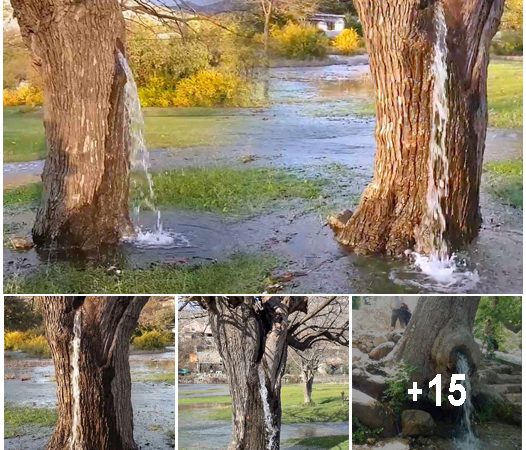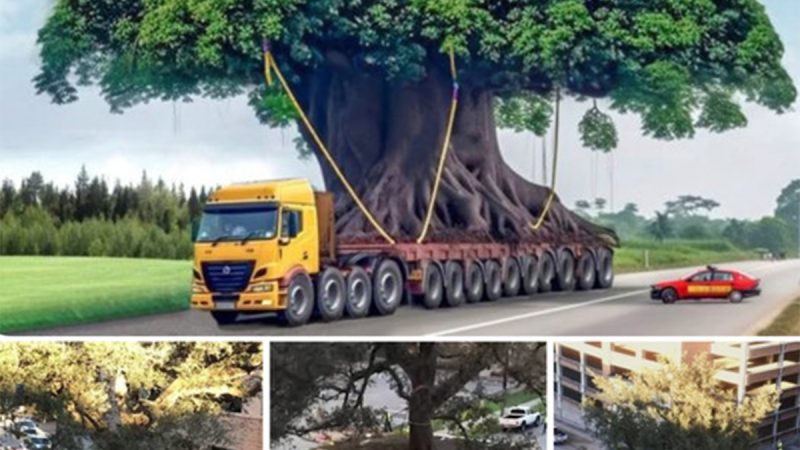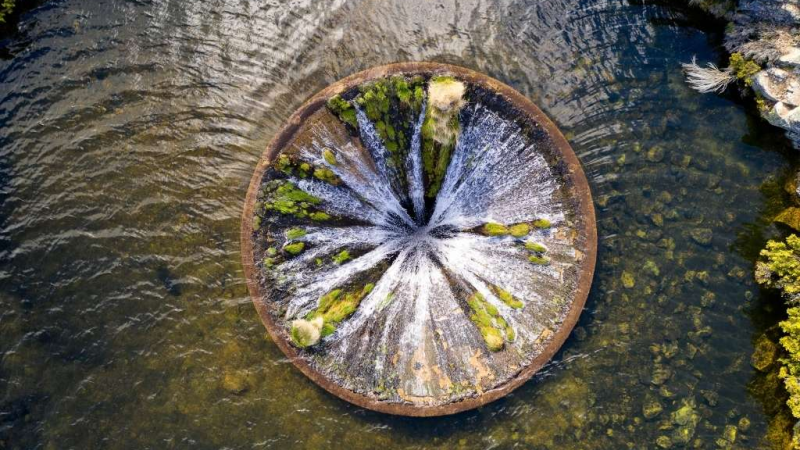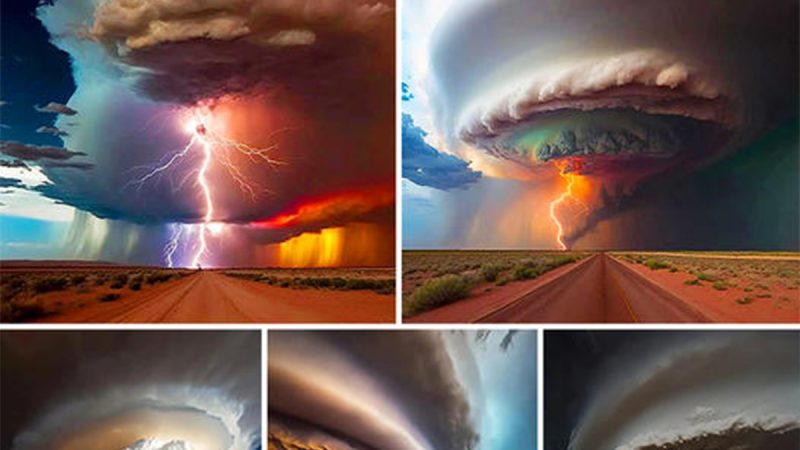The Famous Easter Island Head Statues Actually Have Bodies
The iconic moai statues of Easter Island, towering heads that silently oversee the Pacific landscape, are recognized worldwide. Yet, what many may not realize is that these colossal heads are just the tip of the iceberg—literally. Recent archaeological endeavors have revealed that these famous statues actually have complete bodies buried beneath the surface.
The common misconception that the moai are mere heads arises from their most visible and striking features being prominently displayed above ground. However, Jo Anne Van Tilburg, a prominent researcher at the Cotsen Institute of Archaeology at the University of California, Los Angeles, explains the reality is quite different. According to Van Tilburg, “The reason people think they are [only] heads is there are about 150 statues buried up to the shoulders on the slope of a volcano, and these are the most famous, most beautiful and most photographed of all the Easter Island statues. This suggested to people who had not seen photos of [other unearthed statues on the island] that they are heads only.”
The Easter Island Statue Project, initiated by a team of archaeologists at UCLA, aims to study and preserve these awe-inspiring statues. The project began excavating several of the moai to reveal the bodies that extend deep into the volcanic soil of the island. The discovery has brought new life to the study of the Rapa Nui culture—the enigmatic people who carved these figures between 1,100 and 1,500 CE.
The statues’ burial over centuries occurred due to the gradual buildup of transported sediment by natural forces such as wind and water erosion, which covered the lower parts of the statues, leaving only their heads visible. This phenomenon contributed significantly to the pervasive myth of the “heads.”
Throughout the nine-year duration of the project, researchers documented nearly 1,000 statues, analyzing their meanings, functions, and histories. Interestingly, they discovered petroglyphs on the backs of some figures. These markings, often crescent-shaped symbols representing Polynesian canoes, provide insights into the family or group affiliations of the carvers, illustrating a complex social structure within the Rapa Nui community.
This revelation not only enriches our understanding of Easter Island’s moai but also underscores the island’s cultural and historical significance. The full-bodied statues suggest that the Rapa Nui people had not only advanced sculpting skills but also possessed sophisticated methods for moving and erecting these massive stone figures.
As research continues, each excavation brings us closer to understanding the true extent and purpose of these magnificent sculptures, ensuring that the legacy of the Rapa Nui culture is preserved and appreciated in its entirety, rather than just from the shoulders up.
Hits: 301
